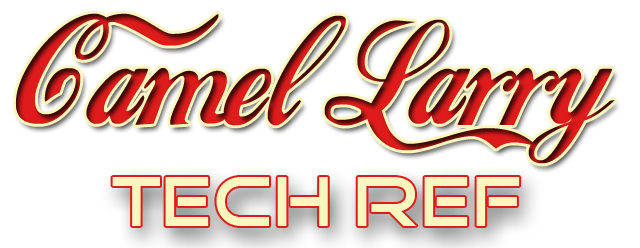This routine replaces a string in the text file user.js. The file is located in each user’s profile which also contains a random string as part of the path name.
Imports System.Net
Imports System.IO
Public Class Form1
Private Sub Form1_Load(sender As System.Object, e As System.EventArgs) Handles MyBase.Load
Dim strPath As String = "c:\users"
Dim arrFolders() As String = System.IO.Directory.GetDirectories(strPath)
Dim MozPath As String
'----------------------------------------------------------------
' get list of profiles
'----------------------------------------------------------------
For Each arrFolder As String In arrFolders
MozPath = arrFolder & "\AppData\Roaming\Mozilla\Firefox\Profiles\"
If My.Computer.FileSystem.DirectoryExists(MozPath) = True Then
Dim arrGUIDpath() As String = System.IO.Directory.GetDirectories(MozPath)
For Each arrGUIDfolder As String In arrGUIDpath
If My.Computer.FileSystem.FileExists(arrGUIDfolder & "\user.js") = True Then
Console.WriteLine("notepad " & arrGUIDfolder & "\user.js")
'----------------------------------------------------------------
' 1. rename the user.js file
' 2. replace the proxy defintion string tinto user.js
'----------------------------------------------------------------
Try
My.Computer.FileSystem.DeleteFile(arrGUIDfolder & "\user2.js")
Catch ex As Exception
Application.DoEvents()
End Try
My.Computer.FileSystem.CopyFile(arrGUIDfolder & "\user.js", arrGUIDfolder & "\user2.js")
My.Computer.FileSystem.WriteAllText(arrGUIDfolder & "\user.js", _
My.Computer.FileSystem.ReadAllText(arrGUIDfolder & "\user2.js").Replace("user_pref(""network.proxy.type"", 4);", _
"user_pref(""network.proxy.type"", 0);"), False)
End If
'----------------------------------------------------------------
' clean up to avoid confusion in the future
'----------------------------------------------------------------
Application.DoEvents()
Try
My.Computer.FileSystem.DeleteFile(arrGUIDfolder & "\user2.js")
Catch ex As Exception
Application.DoEvents()
End Try
Next
End If
Next
End
End Sub
End Class
